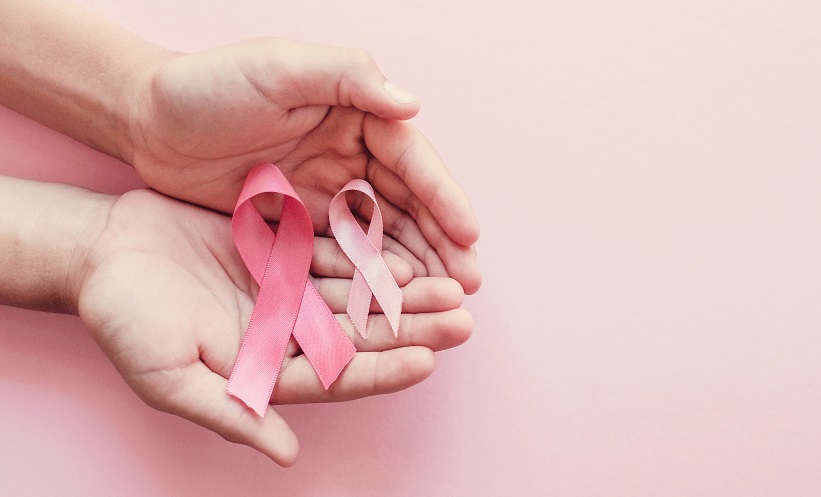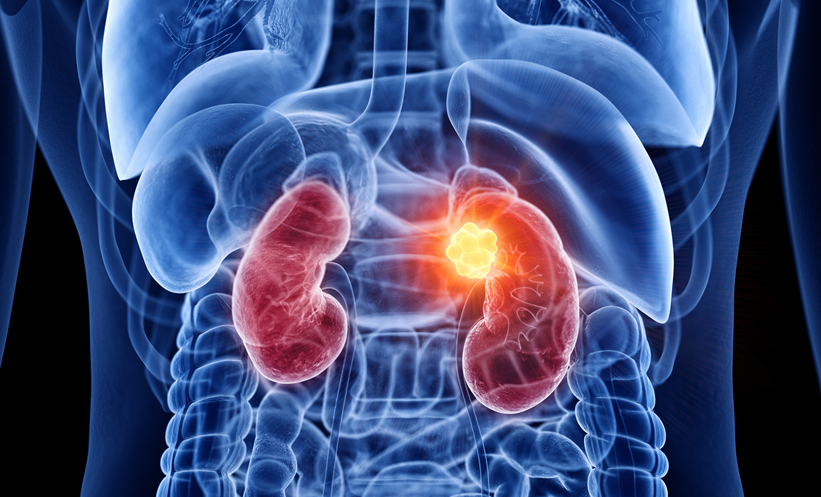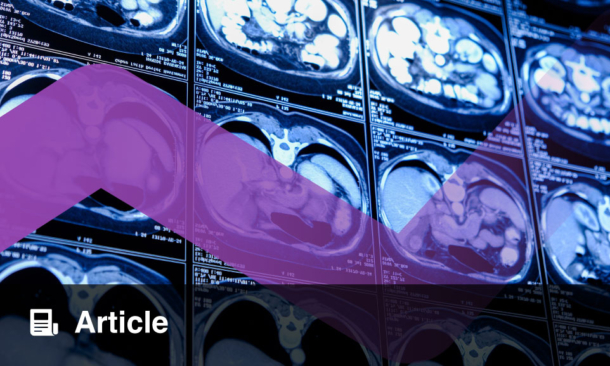TRIPLE-NEGATIVE breast cancer (TNBC) remains one of the most aggressive subtypes of breast cancer, with limited targeted treatment options. Neoadjuvant chemoimmunotherapy (NACI) has improved rates of pathologic complete response (pCR), which is strongly associated with favourable long-term outcomes. However, accurately identifying patients who will benefit most from NACI remains a clinical challenge. A recent study has developed and validated an MRI-based model for predicting pCR early in treatment, offering a promising route to personalising therapy. Notably, the model achieved an 88% area under the curve (AUC) in an external test cohort.
The retrospective study included 90 women from a single centre (mean age 49) who underwent breast MRI before treatment and after one NACI cycle. An external test set of 29 women (mean age 46) was sourced from public trial data. MRI analysis focused on dynamic contrast enhancement (DCE) features, particularly percentage enhancement (PE) reduction, tumour unifocality, and early tumour shrinkage (ETS). A multivariable logistic regression model was trained using these variables. Shapley additive explanations (SHAP) analysis was also performed to assess the relative importance of each predictor within the model.
In the training set, tumour unifocality (odds ratio [OR]: 7.2, p=0.001), ETS ≥37% (OR: 9.7, p<0.001), and PE reduction (OR: 9.7, p<0.001) were identified as independent predictors of pCR. When applied to the external test set, the model achieved an AUC of 0.88, with 74% sensitivity and 90% specificity. Calibration curves indicated a close alignment between predicted and observed outcomes, and the Hosmer-Lemeshow test confirmed good model fit (p=0.67). SHAP analysis showed PE reduction contributed most to prediction accuracy, followed by ETS and unifocality.
This study presents a clinically implementable model for early prediction of pCR in TNBC patients undergoing NACI. By integrating readily accessible MRI features after the first treatment cycle, clinicians may be better positioned to tailor therapeutic strategies. Responders could potentially benefit from de-escalated treatment, while early identification of nonresponders may prompt timely changes to avoid ineffective therapy. Limitations include the small external test set and the retrospective design, which may affect generalisability. Nevertheless, the model offers an important step towards more personalised, adaptive treatment pathways in TNBC care.
Reference
Liu B et al. Baseline and Early Treatment MRI Model for Predicting Complete Pathologic Response to Neoadjuvant Chemoimmunotherapy in Patients With Triple-Negative Breast Cancer. AJR Am J Roentgenol. 2025;DOI: 10.2214/AJR.25.33178.








